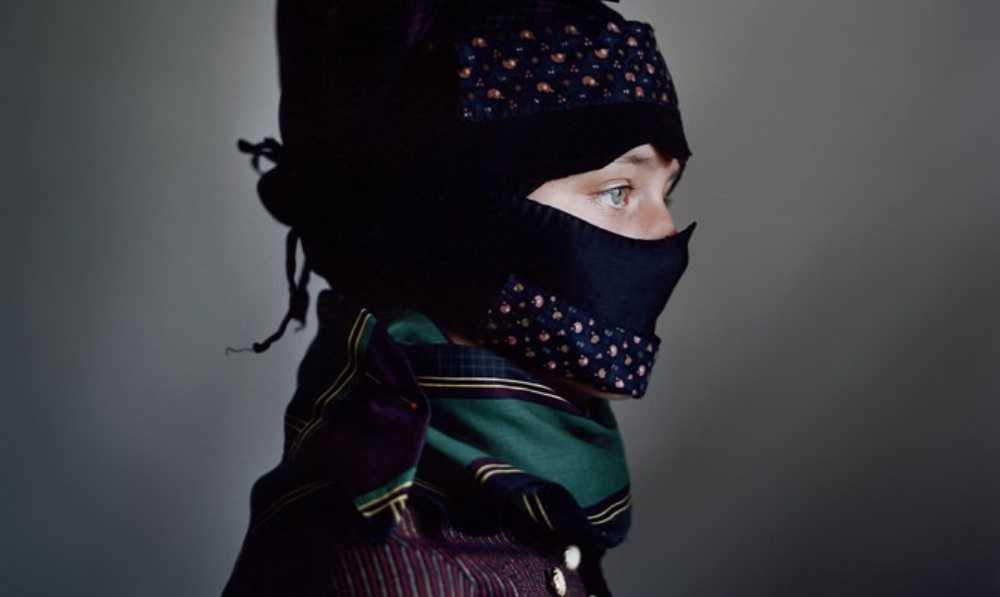Les expositions de ce musée d'art contemporain abordent les questions politiques, les problématiques actuelles et passées telles que les contradictions entre les Israéliens et les Arabes, le conflit entre le Jérusalem Oriental et Occidental. L’objectif de musée est de « présenter l’art sans bornes pour attirer l'attention de la société sur les problèmes sociaux ».
Unique en son genre, ce musée politique et social exhibe les meilleurs exemples de l’art contemporain. Le musée a été fondé en 1999 avec le soutien de la famille allemande Von Holtzbrinck. Il se trouve sur la grande route 1, au long de laquelle passait la frontière avec la Jordanie, d'où son nom « Seam » qui signifie en anglais la fracture, la coupure. Le bâtiment du musée a été construit en 1932 par un arabe-chrétien Antoine Baramki. Jusqu'en 1967 l’édifice servait de station militaire et de poste frontière.
Sur le toit du musée se trouve un café ensoleillé offrant une vue panoramique sur Jérusalem. Les dernières expositions du musée étaient consacrées à certains problèmes actuels tels que les droits de l'homme, l’angoisse affective, la corrélation du personnel et du public. Le musée du « Seam » est devenu un reflet des conflits et problèmes de la société israélienne. Par exemple, l’exposition « En dehors de la mémoire » montre les versions possibles de développement de l’avenir afin d’apprendre à éviter les fautes commises. A l’exposition sont présentées les œuvres de 24 peintres de différents pays y compris Christian Boltanski et Bill Viola.








